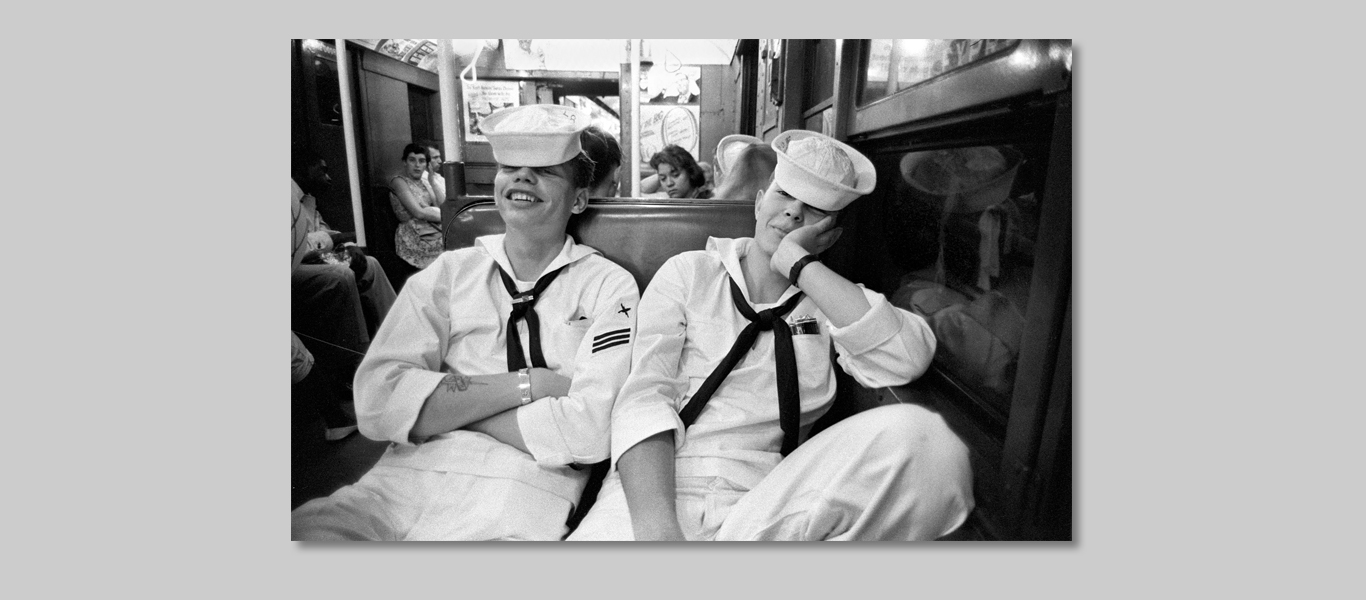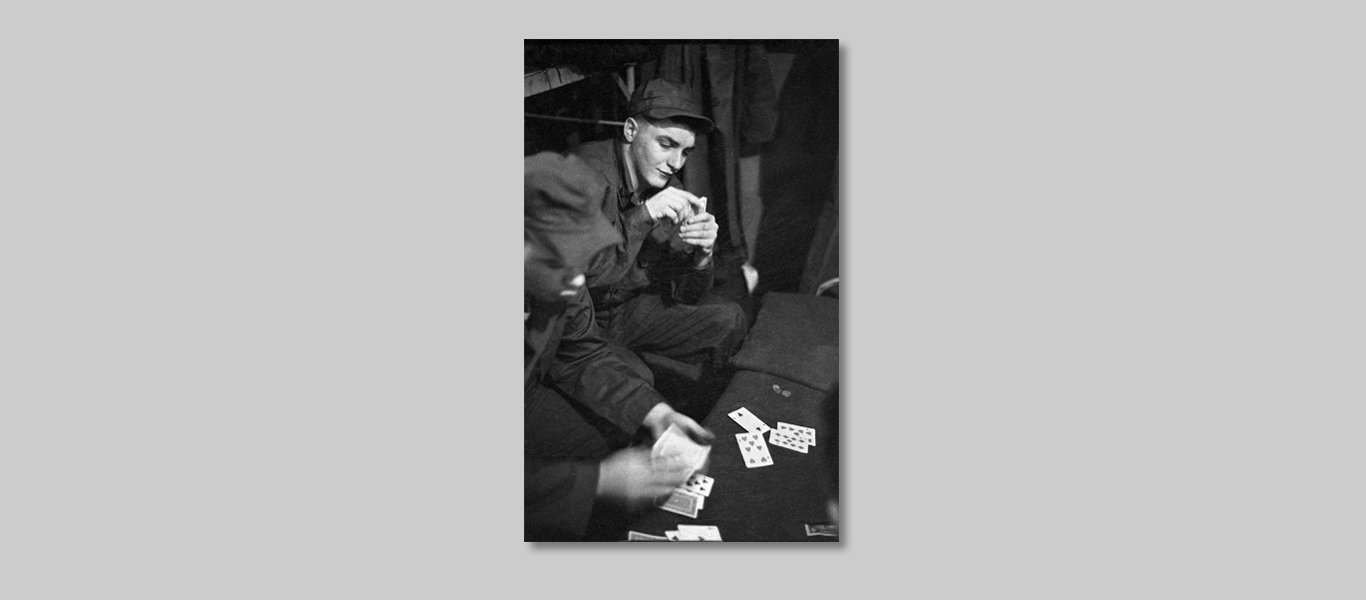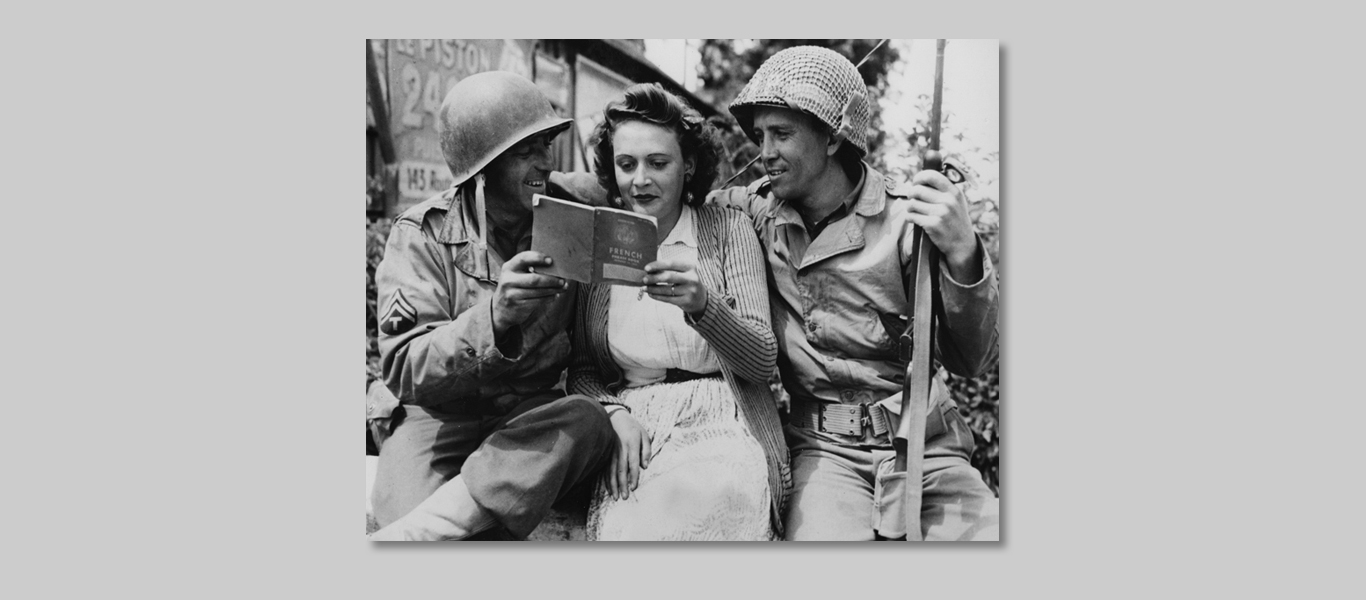Grunts
I curated an exhibition of images that portray the American GI experience in the Korean conflict and WWII.
The exhibition featured a selection of Harold Feinstein’s Korea images as well as images by both famous and anonymous WWII photographers.
GRUNTS: The GI Experience
curated by Jim Fitts
Panopticon Gallery
Here is a write-up on the exhibition taken from the Panopticon Gallery blog.
Grunts is military vernacular for United States Army or Marine foot soldiers, the mass of devoted men and women who make up the bulk of the armed services. Commemorating the 70th anniversary of the bombing at Pearl Harbor, Panopticon Gallery presents Grunts: The G.I. Experience curated by Jim Fitts.
Fitts met a number of grunts while living in Hawaii in the early 90's, which piqued his interest in the subject. A boxing fan, he regularly attended matches at the Scofield Barracks at Fort Shafter where he befriended several Marines. It was then that he realized his impression of what their lives were like was different from reality.
“Over the years, I have rarely seen what I would consider an unfiltered, real life photographic portrayal of military personnel ”...scenes of everyday life, says Fitts. “This exhibition will come as close to the reality of the grunt experience as I have ever seen.”
Harold Feinstein’s friendship with the New York Photo League founder, Sid Grossman, resulted in him not being ranked as an official armed serviced photographer. Therefore, he documented from the viewpoint of a fellow G.I. serving in Korea. Photographs show draftees being inducted, and soldiers on troopships, reading, sleeping and marching. The body of work also contains images of the historical integration of the armed services.
A selection of vintage photographs by Robert Capa and numerous press photographs from WWII compliment Feinstein’s work. The pictures are memoirs of the common American soldier during WWII. The majority of the images focus on the events between battles, though some illustrate combat.
Images in Grunts are not the repeatedly reproduced military propaganda. They are “personal and very human,” says Fitts, who hopes viewers will gain a better understanding and appreciation of the courageous soldiers.


